N.C. WYETH (1882-1945)
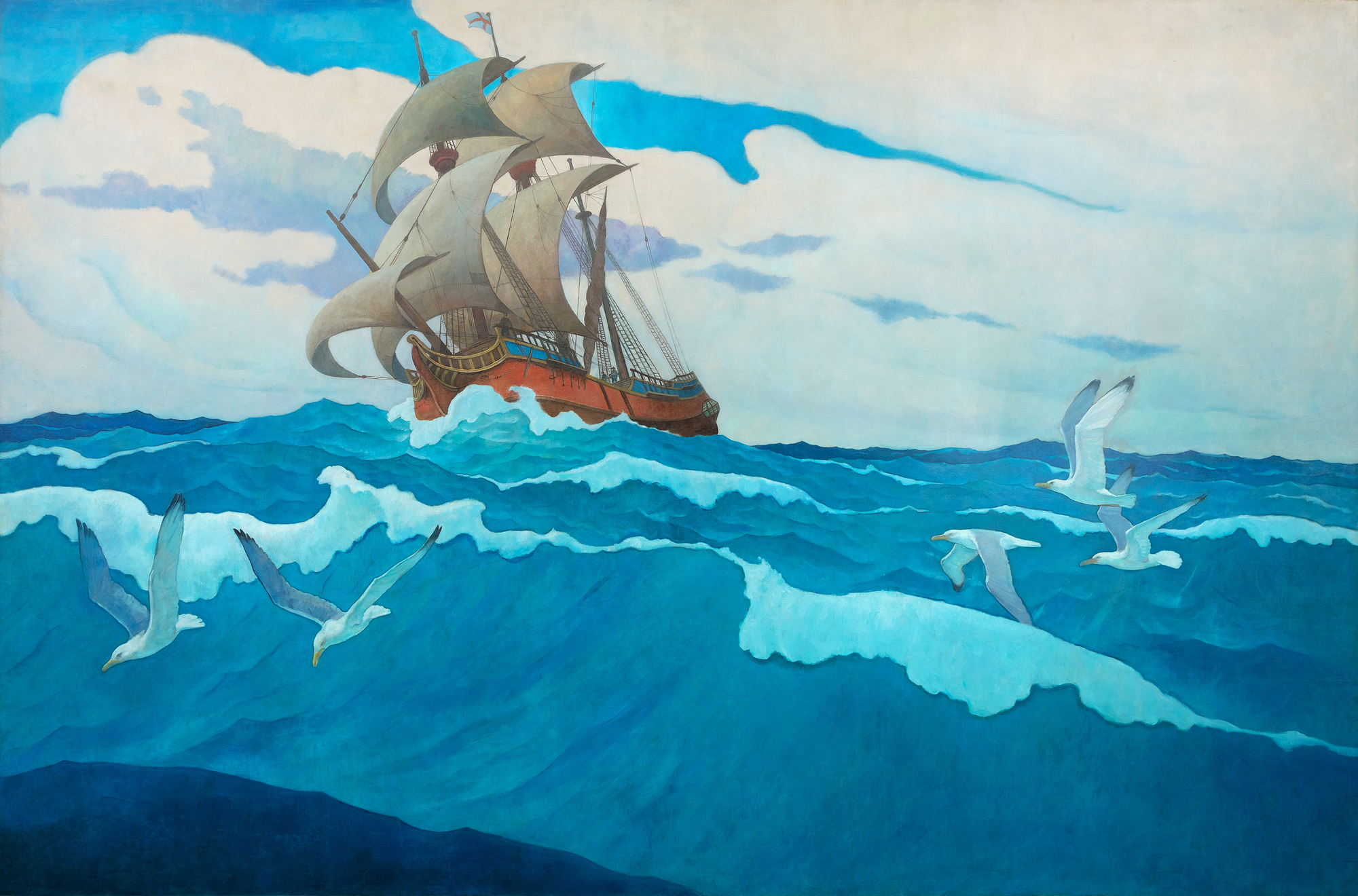
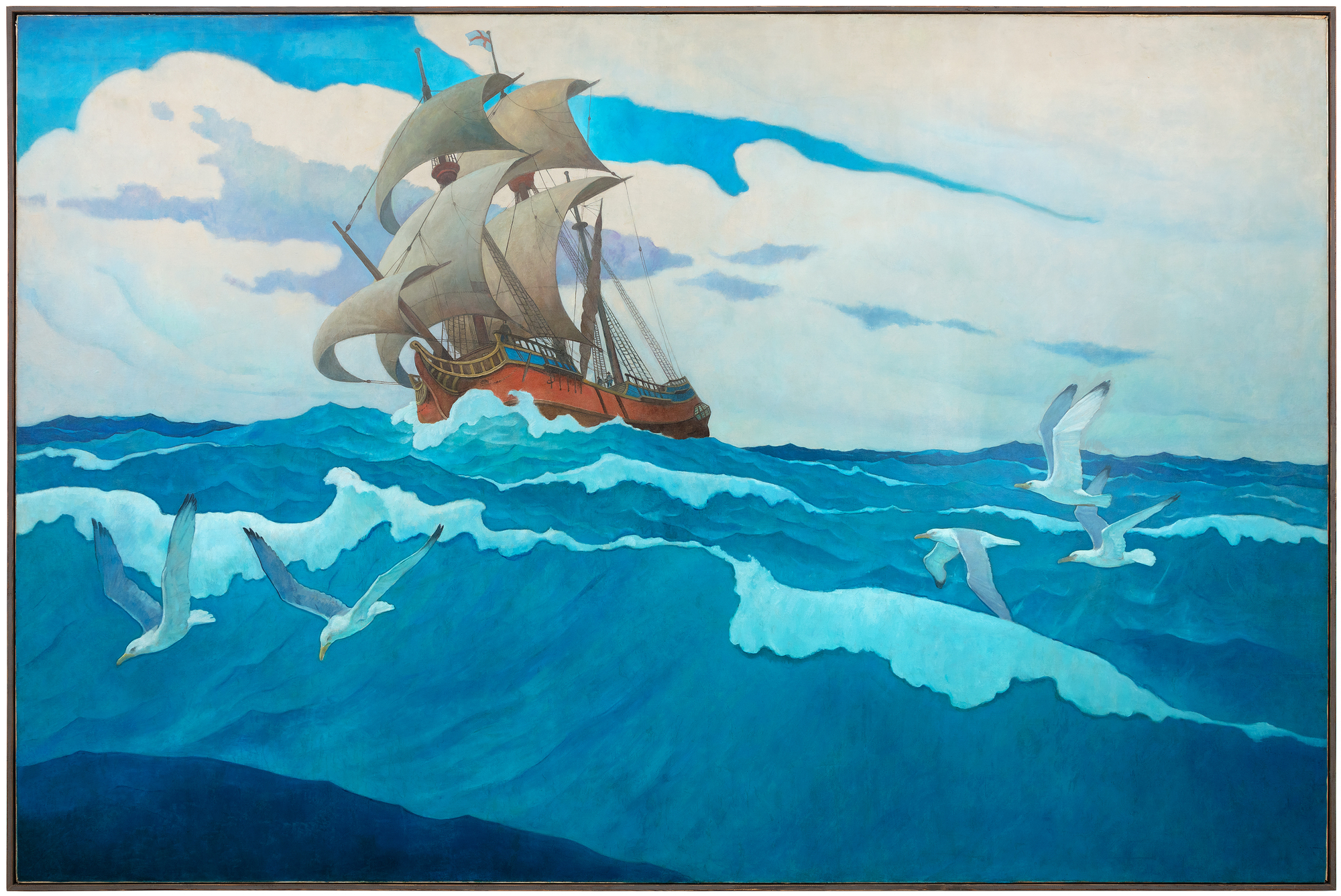
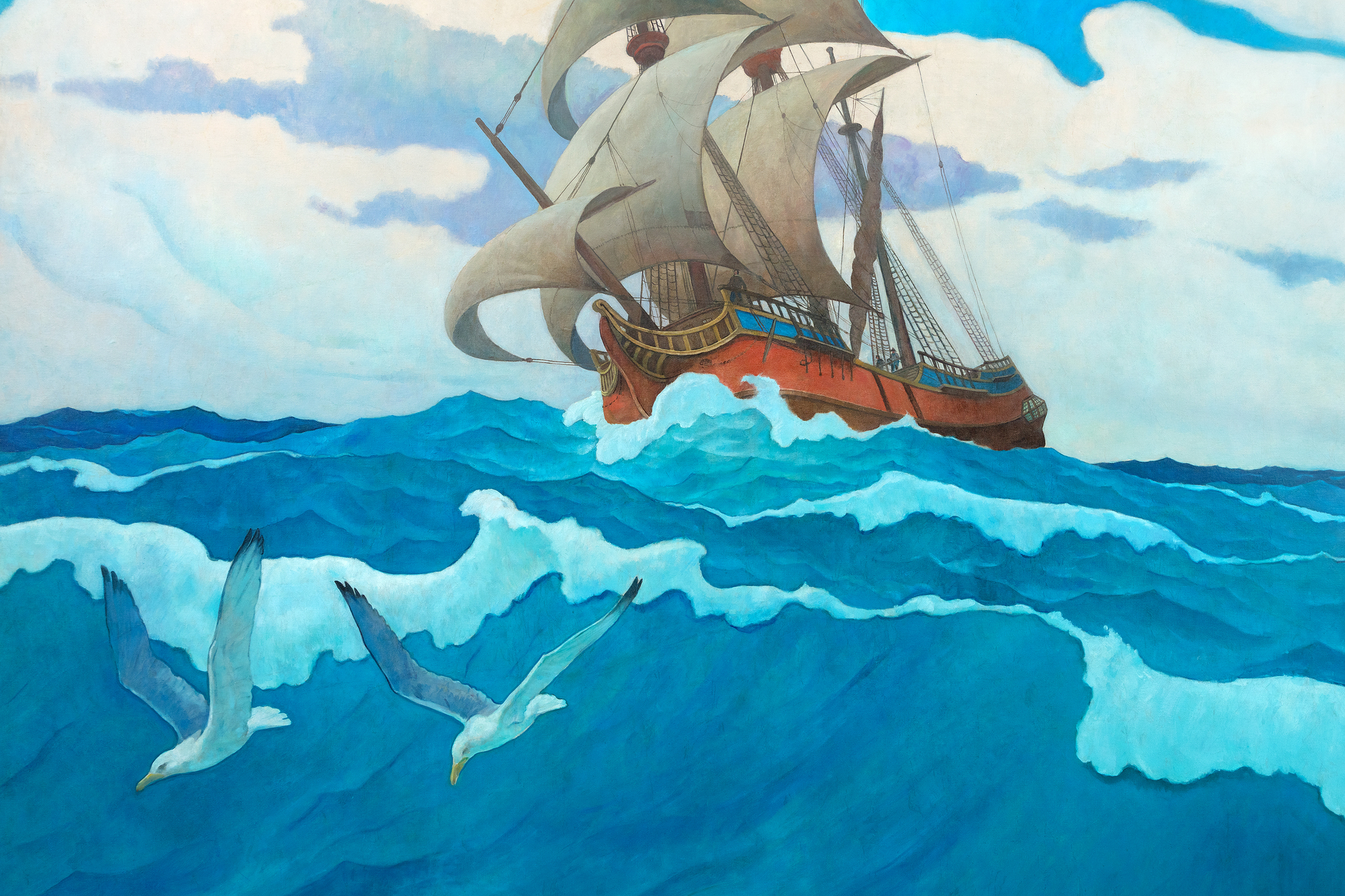
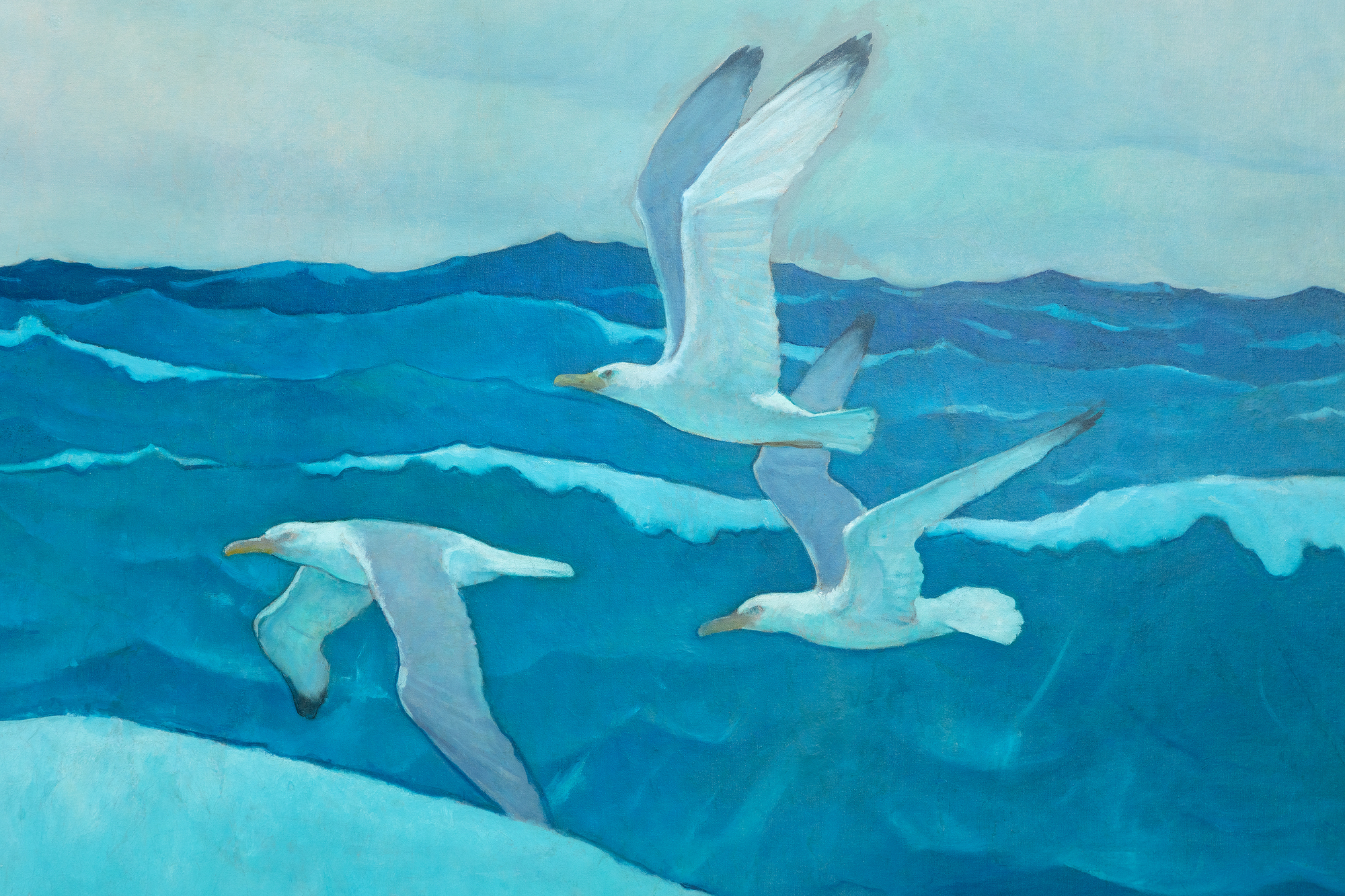
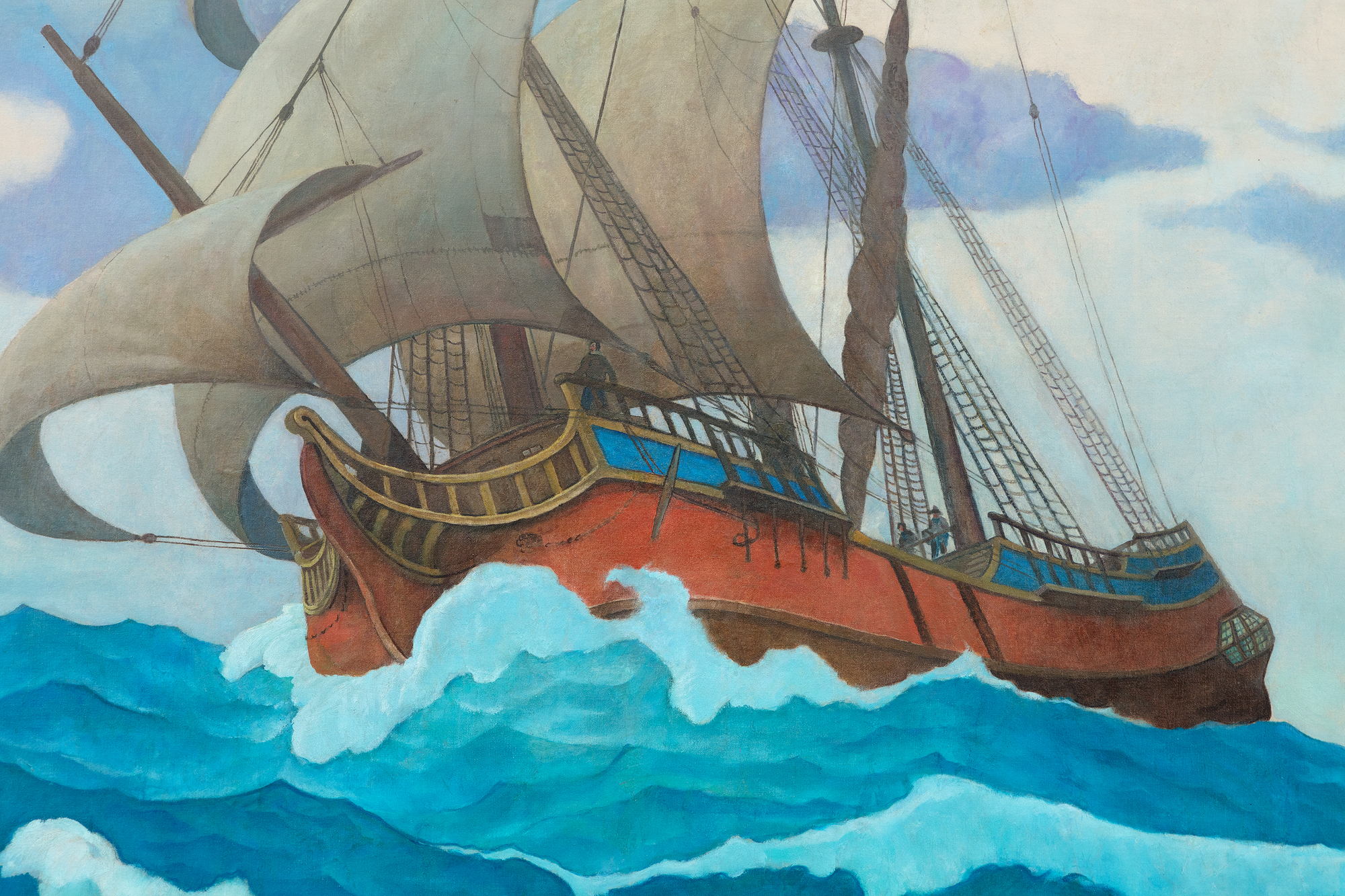
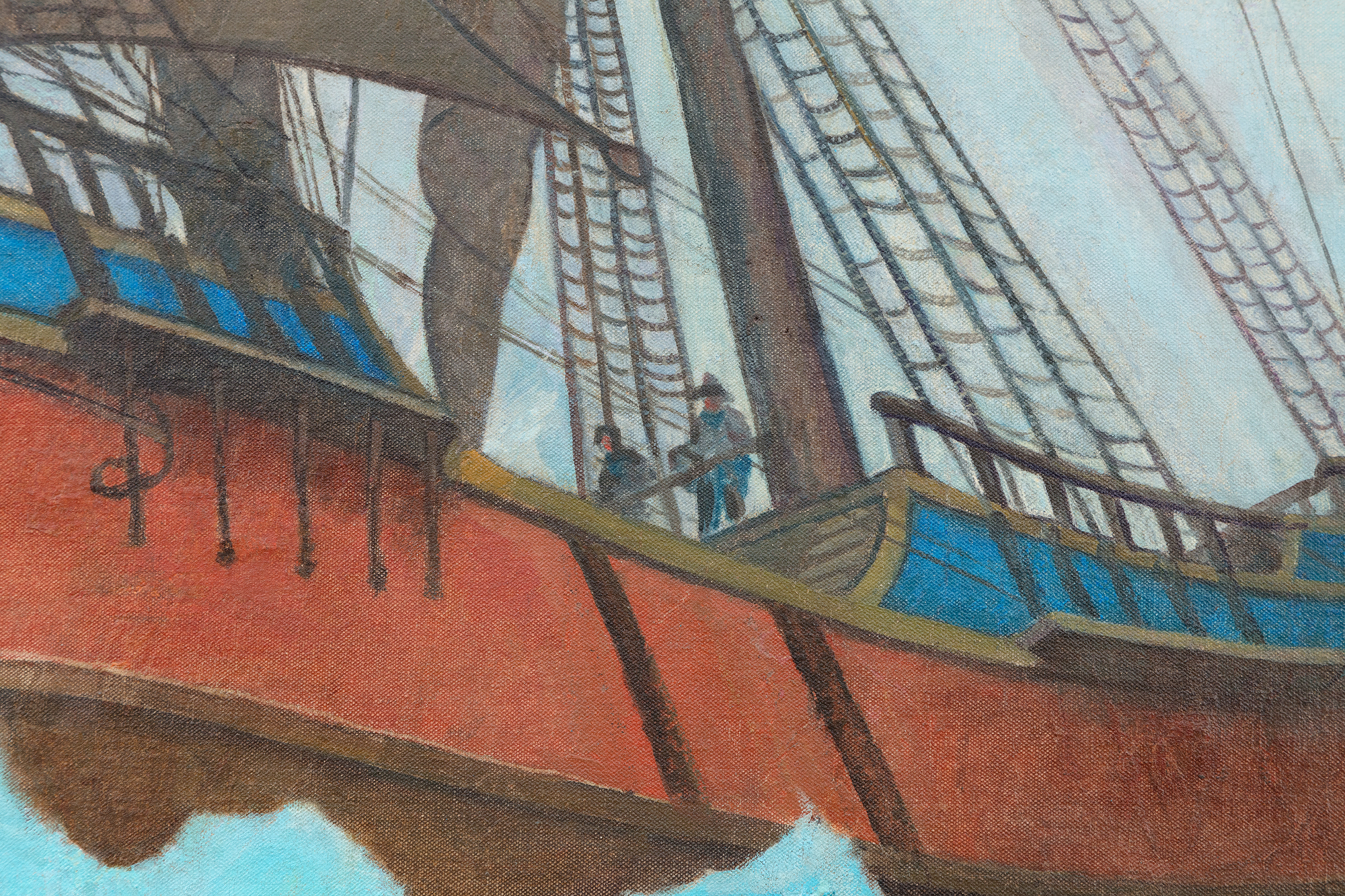
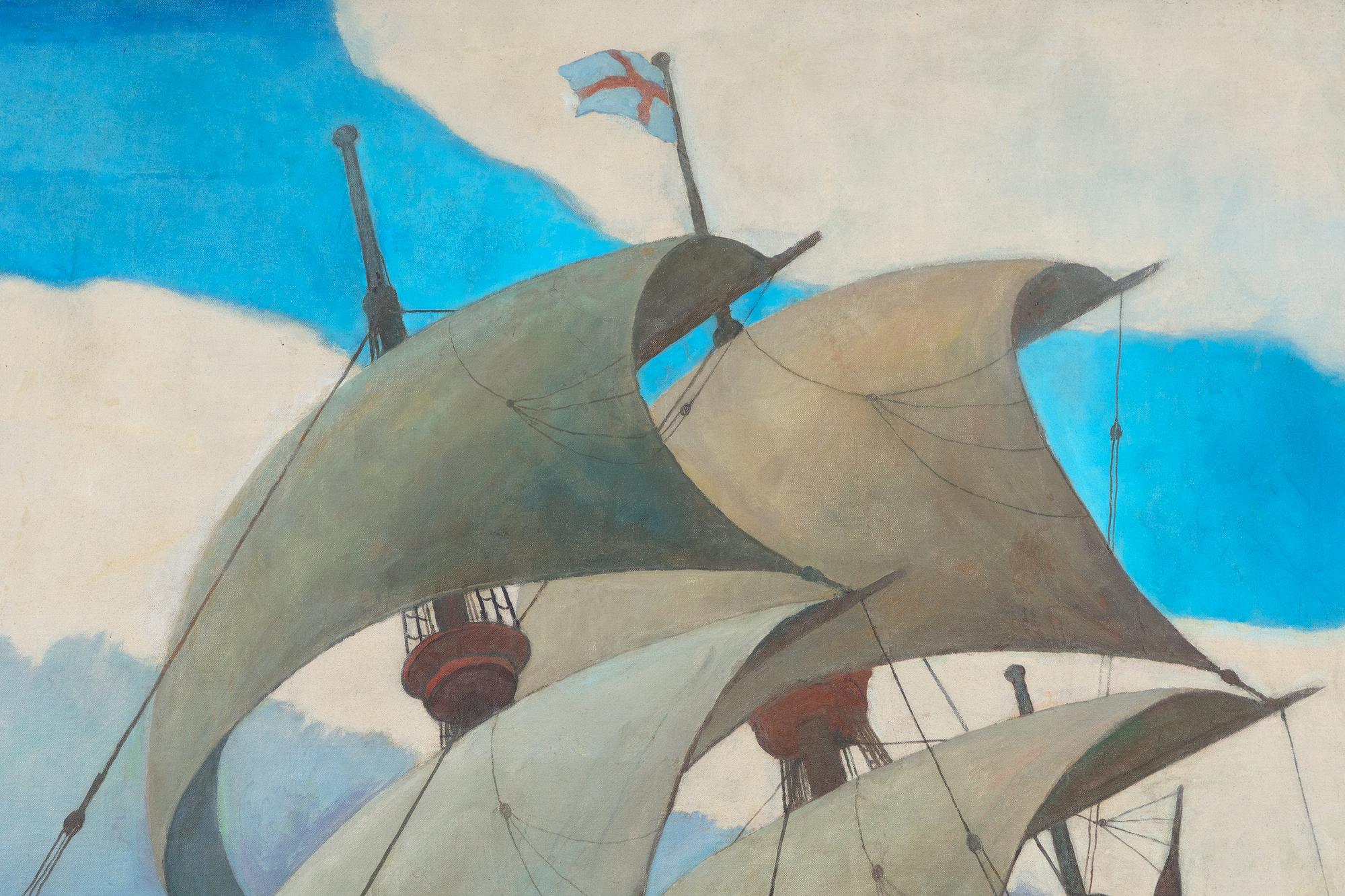
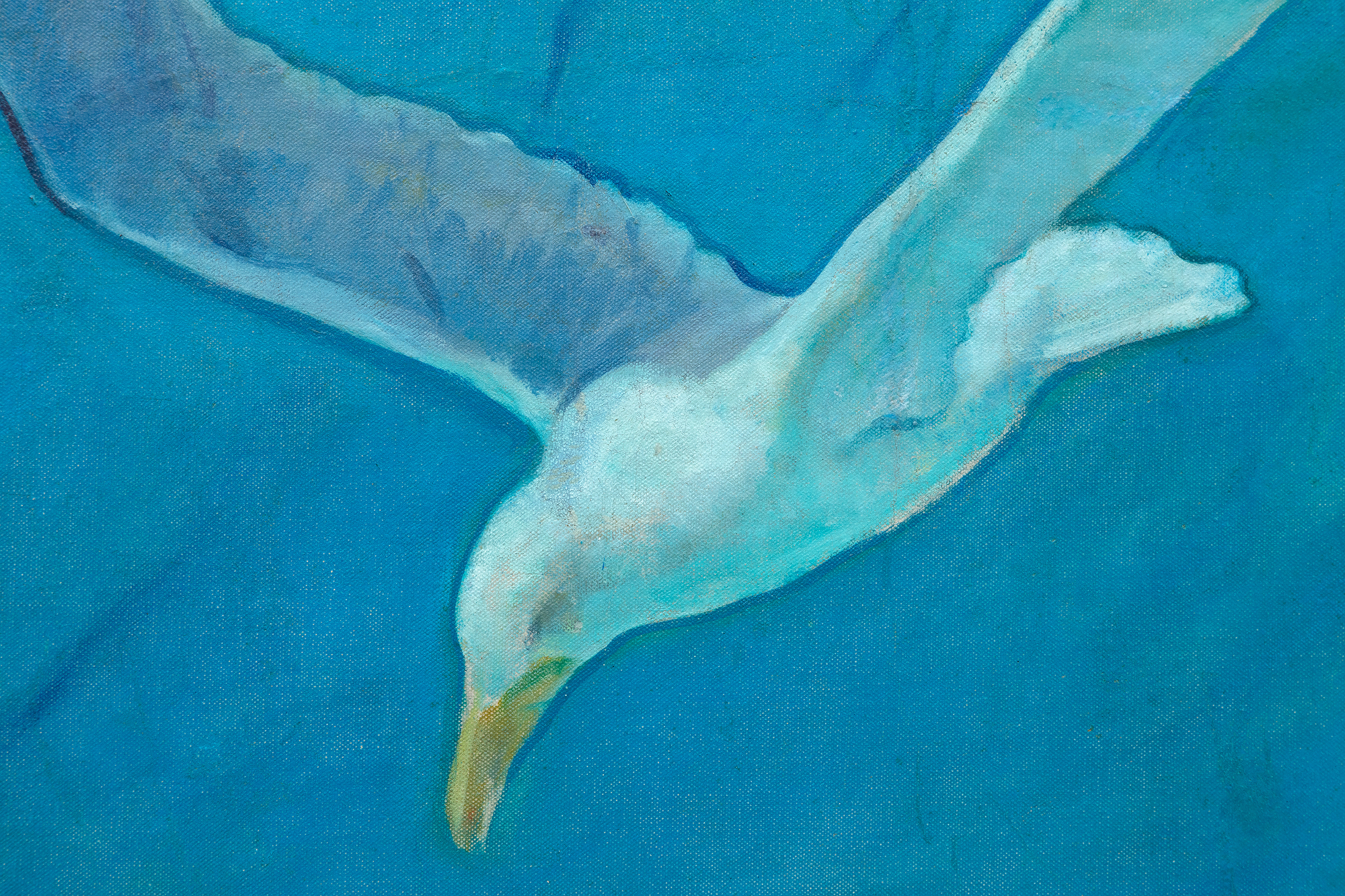
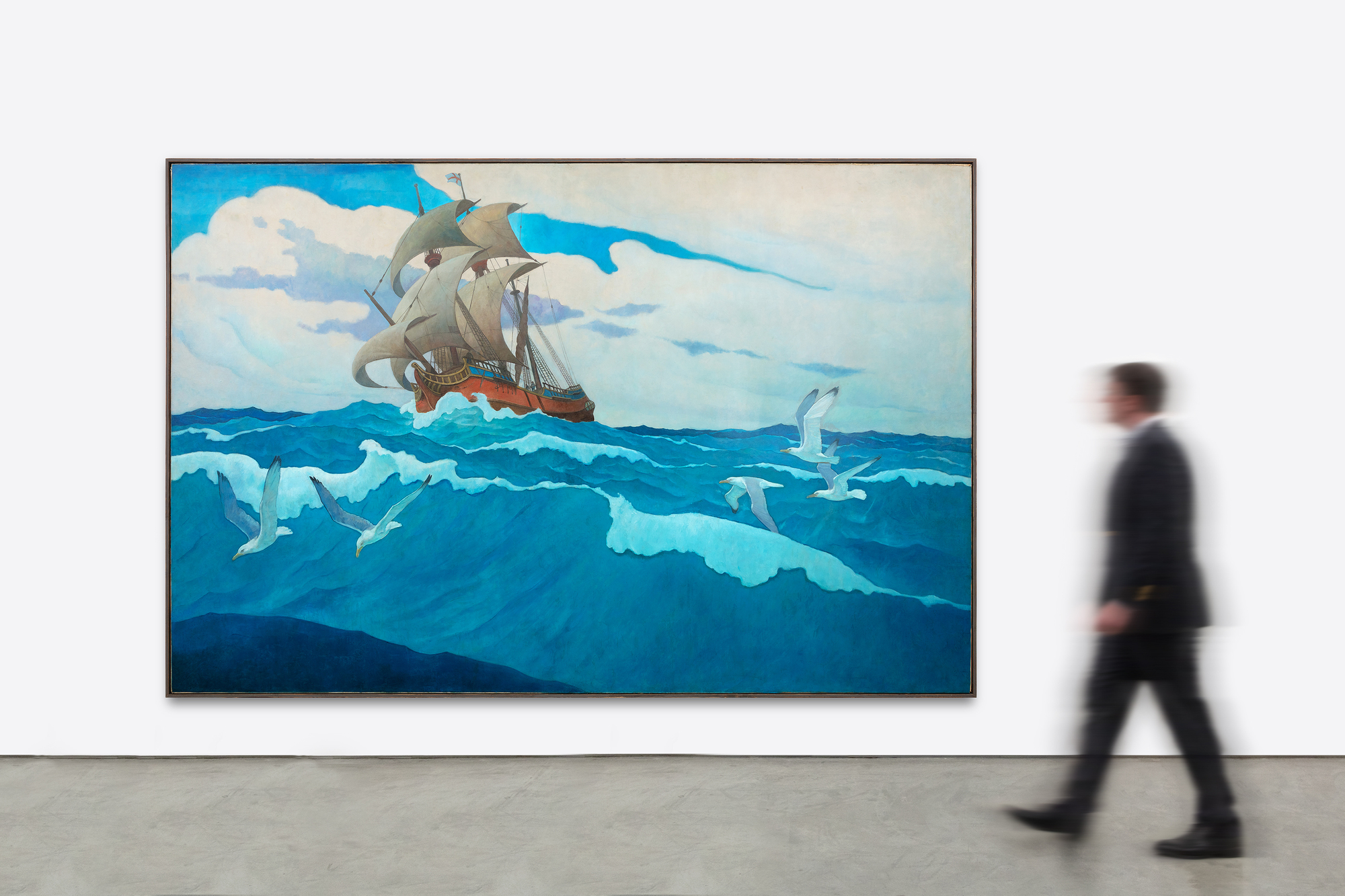
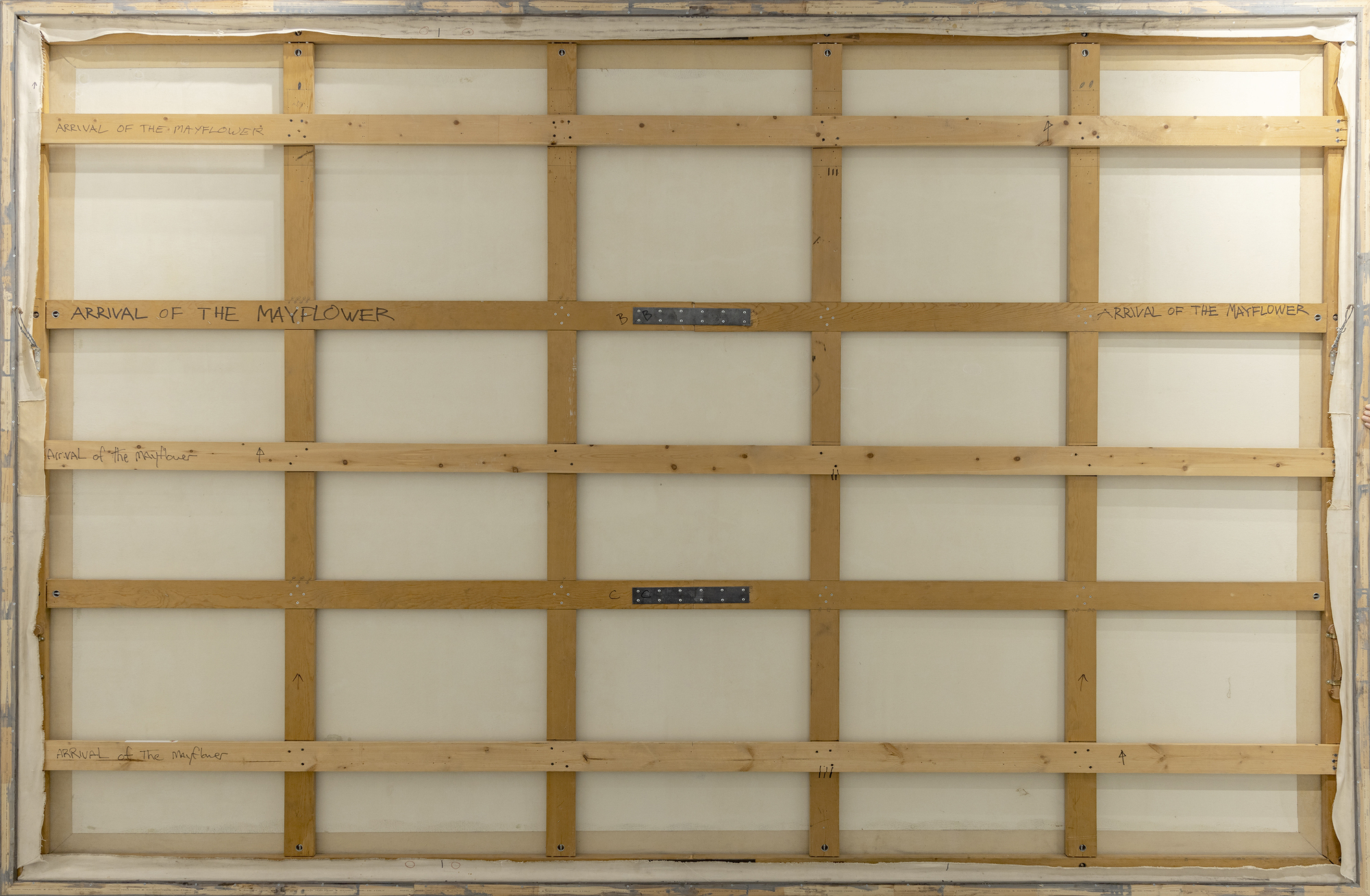
Procedencia
MetLife, Inc. Colección corporativa (encargada para las oficinas de Nueva York)Heather James Fine Art, Nueva York
Exposición
Nueva York, NY, 1985, nº 13, "Coming of the Mayflower"Literatura
"Los días de los peregrinos vuelven a vivir en nuestros murales", The Home Office (publicación de Metropolitan Life Insurance Co.), vol. 23. nº 7 (dic. 1941)N. C. Wyeth, Income Tax Notes for 1941 (inédito, Brandywine River Museum Library)
Douglas Allen y Douglas Allen, Jr., N. C. Wyeth, The Collected Paintings, Illustrations and Murals (Nueva York: Crown Publishers, 1972),...Más.... p. 169-172, ilustración en blanco y negro p. 169
Robert San Souci, N. C. Wyeth's Pilgrims (San Francisco, CA: Chronicle Books, 1991), ilustración detallada. En el frontispicio
Christine B. Podmaniczky, N. C. Wyeth, A Catalogue Raisonné of Paintings (Londres: Scala, 2008), M.67, p. 629
...MENOS....
Sobre la llegada del Mayflower en 1620
Las extraordinarias habilidades de N.C. Wyethcomo ilustrador surgieron de su impecable capacidad de dibujo y, como pintor, de su sentido del color, cálidamente rico y armonioso, y de su capacidad para captar la calidad de la propia luz. Pero lo que más admiramos es su inigualable arte a la hora de vivificar la historia y los personajes con un poderoso sentido del humor: la capacidad de transportarse al mundo y al tiempo de su creación y de transmitirlo con un cautivador sentido de la convicción. Esa capacidad es tan evidente en las complejidades compositivas de "Un paso más, señor Manos" deLa Isla del Tesoro como aquí, en el relato resumido de un barco mercante del siglo XVII que se lanza a los mares. La llegada del Mayflower en 1620 es una simple exposición de hechos observables, pero el impecable genio de Wyeth como ilustrador lo impregna del vigoroso aire salino y el sabor que capta el espíritu aventurero de los hombres y mujeres a los que se atribuye en gran medida la fundación de América. Ese espíritu se transmite a través del viento y de las velas tensamente onduladas, la alegre inclinación del barco en la nariz de un fuerte vendaval, el empuje de las nubes con ribetes de chorro y las gaviotas dispuestas alegremente para celebrar una llegada como si fueran los ángeles emplumados de la providencia que lo guían a puerto seguro.
La llegada del Mayflower en 1620 se basó en dos estudios, un dibujo de composición en grafito y una pequeña pintura de presentación. El mural terminado parece haber sido instalado en 1941.
Historia
Antes de que existiera la televisión y de una época en la que el cine aún estaba en pañales, las ilustraciones de N. C. Wyethelectrizaban las historias a las que daba forma y anotaba visualmente. Como joven lector de "La isla del tesoro", ¿quién puede negar la urgencia por leer la siguiente ilustración brillante? ¿O, en excitada expectación, hojear repetidamente las páginas hasta llegar a las ilustraciones que le esperan, tan vivas y vívidas y llenas de bravura?
En 1939, The Metropolitan Life Company le ofreció a Wyeth un encargo de otro tipo: una serie de murales en lienzo que se basarían menos en la bravuconería, quizá, y más en un profundo sentido del tiempo y del lugar. Ofrecerían una visión enérgica y grandiosa y expresarían el espíritu del orgullo nacional celebrando los sólidos valores que expresan lo que significa ser estadounidense. Wyeth estaba encantado. Los catorce paneles murales que aceptó realizar darían vida al mundo de los peregrinos y "servirían como expresión gráfica y dramática del espíritu de Nueva Inglaterra" (Douglas Allen, et al., N. C. Wyeth: The Collected Paintings, Illustrations, and Murals, pág. 169). Wyeth, un artista de una destreza sin parangón y plenamente comprometido con la autenticidad de los personajes que pueblan sus narraciones, disfrutó de la oportunidad de transmitir el orgullo que sentía hacia su pasado ancestral.
"El romance de las primeras colonizaciones, especialmente la de los peregrinos de Massachusetts, siempre me ha entusiasmado. Mi antepasado, Nicholas Wyeth, llegó de Gales a Massachusetts en 1647. El espíritu de los primeros tiempos en la costa de Massachusetts era un tema muy discutido en mi casa. Nací en Needham, no muy lejos de la ciudad de Plymouth, a la que hice muchas peregrinaciones durante mi infancia, pasando días emocionantes en ese territorio histórico y sus alrededores. Con este antecedente, era natural que en mi mente y mi corazón volaran a Plymouth y a los peregrinos como tema adecuado para una serie de cuadros de Nueva Inglaterra. Si la calidez y el atractivo de estas pinturas son evidentes para quienes las estudian, es principalmente porque son, de alguna manera relacionada, una declaración de mi propia vida y herencia". (Douglas Allen, et al., N. C. Wyeth: The Collected Paintings, Illustrations and Murals, pág. 171)
MásCONOCIMIENTOS DEL MERCADO
- El gráfico elaborado por Art Market Research muestra que los cuadros de N.C. Wyeth han aumentado a una tasa compuesta de crecimiento anual del 11% desde 1976.
El precio récord de N.C. Wyeth en subasta se estableció en 2018, cuando Retrato de un granjero, una pintura más pequeña de 1943, se vendió por casi 6 millones de dólares.
- Ningún cuadro de N.C. Wyeth de escala tan monumental ha aparecido en subasta.
Mejores resultados para N.C. Wyeth en subasta

"Retrato de un granjero (Pennsylvania Farmer)" (1943) se vendió por 5.985.900 dólares.

"Manos arriba" (1906) se vendió por 4.951.500 dólares.

"Indian Love Call" (1927) se vendió por 3.510.000 dólares.
Pinturas de N.C. Wyeth en las colecciones de los museos
Museo Metropolitano de Arte, Nueva York
Museo de Arte de Filadelfia, Pensilvania
Museo de Arte del Río Brandywine, Chadds Ford, Pensilvania
Museo Peabody Essex, Salem, Massachusetts
Museo Gilcrease, Tulsa, Oklahoma
Galería de imágenes
Recursos adicionales
"Mi padre" de Andrew Wyeth
Casa y estudio de N.C. Wyeth
Composición Dibujo
Preguntar
También le puede gustar























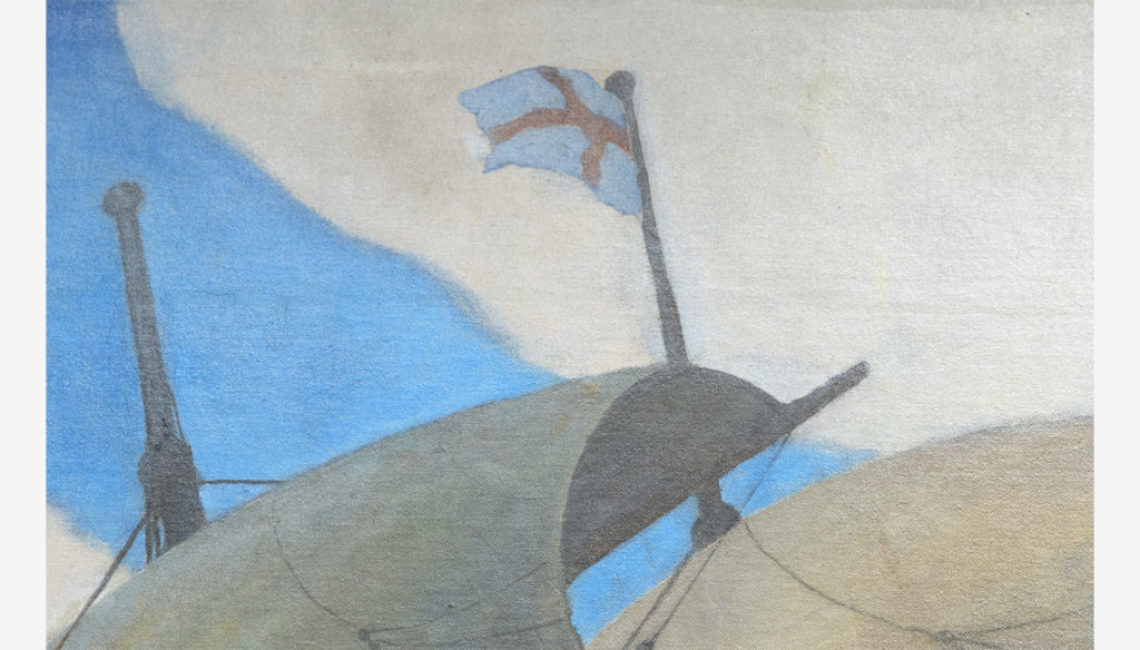




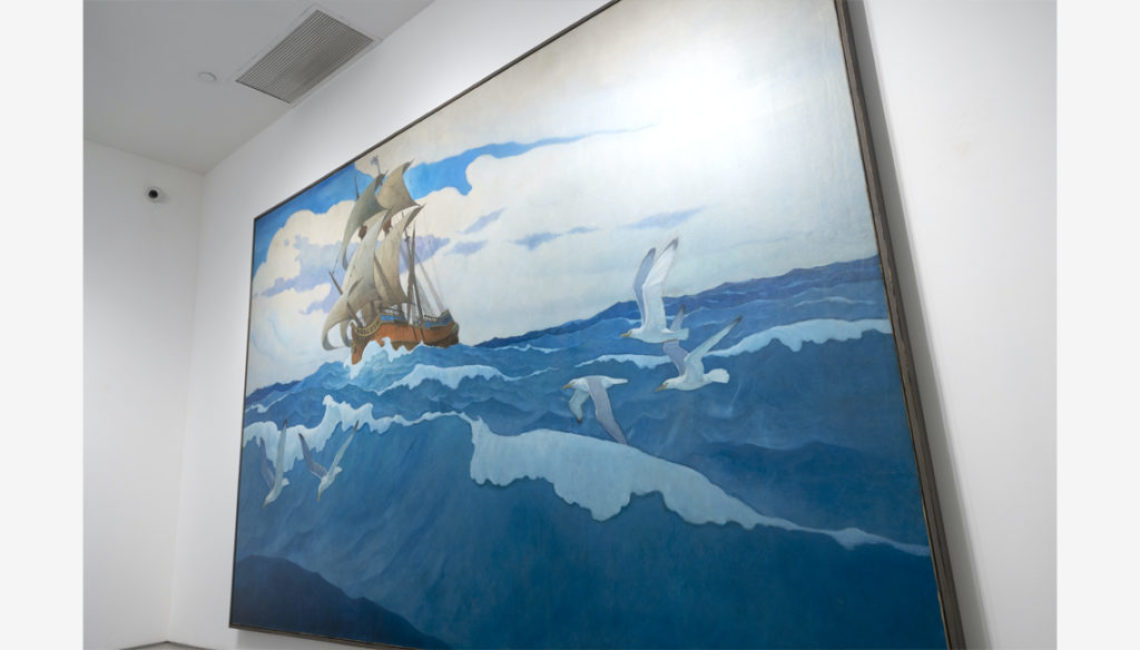

















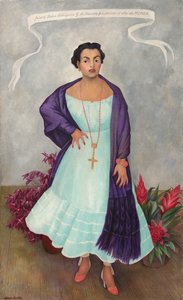
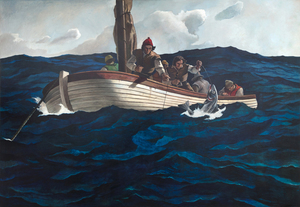
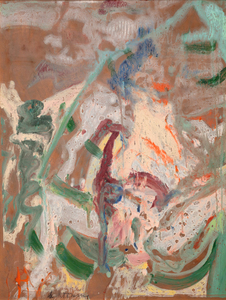
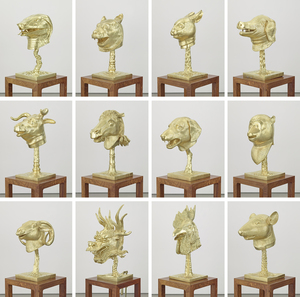
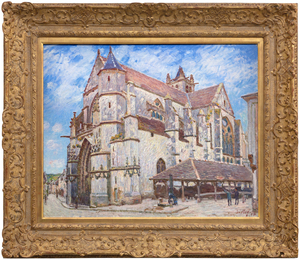
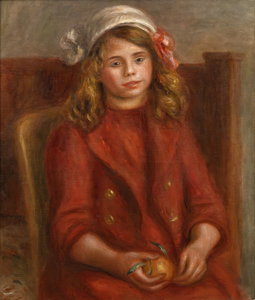
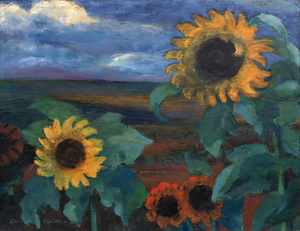
_tn43950.jpg )
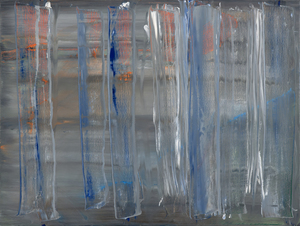
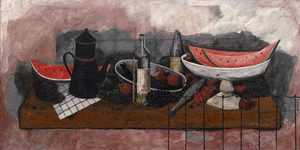
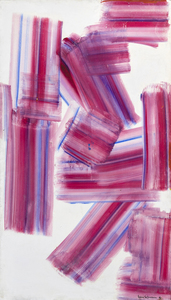
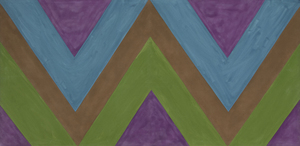
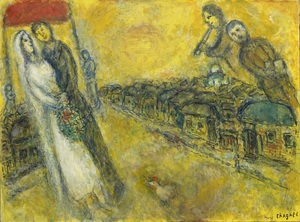
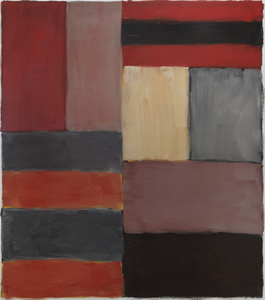
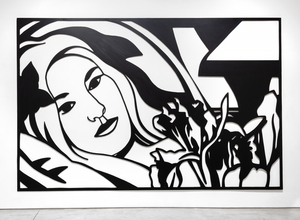
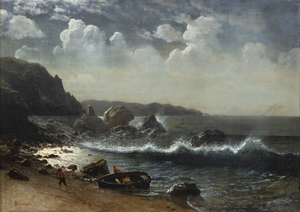
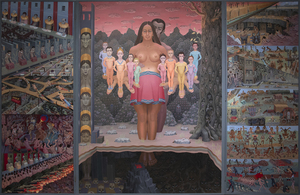
_tn31465.b.jpg )